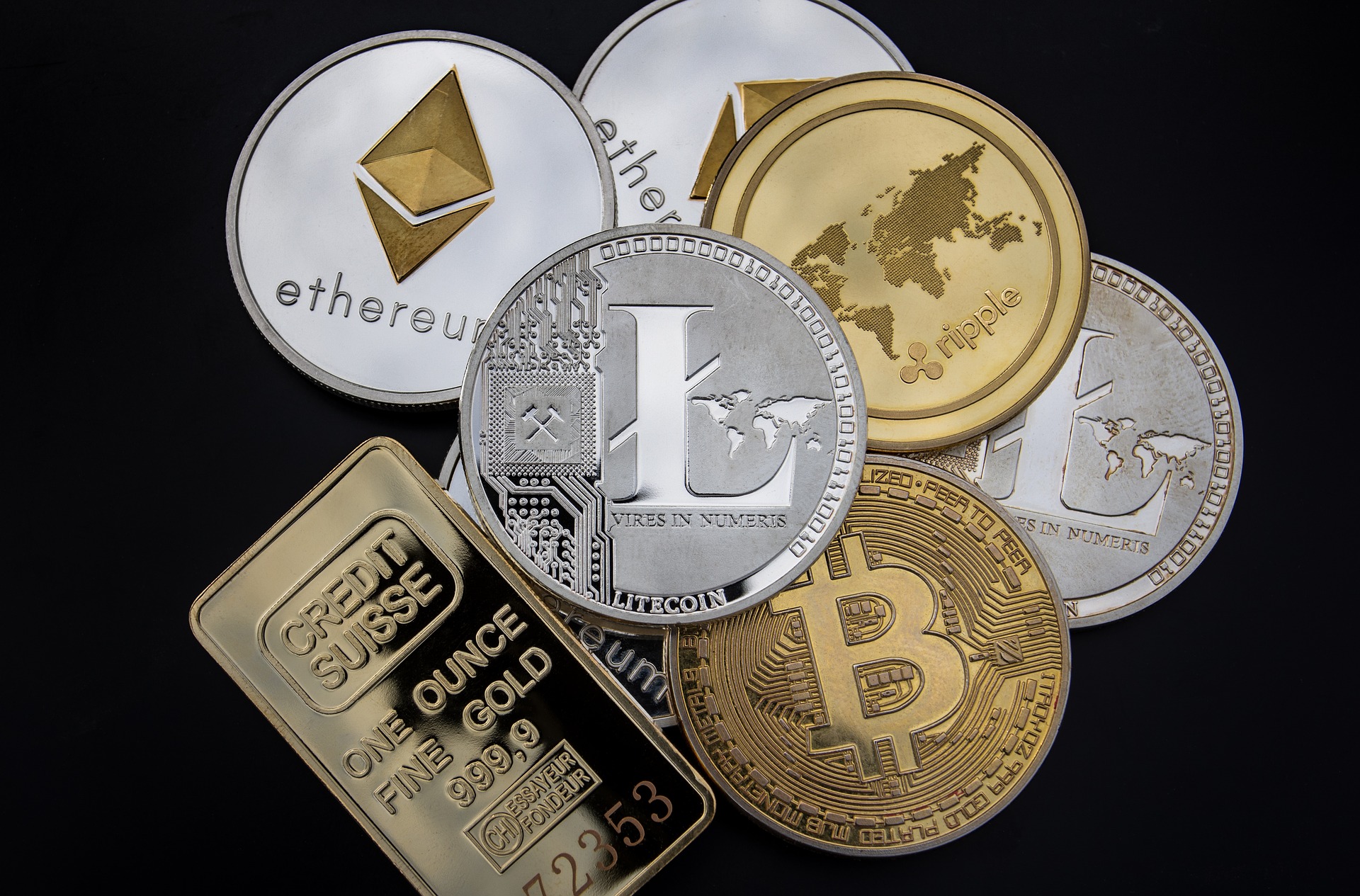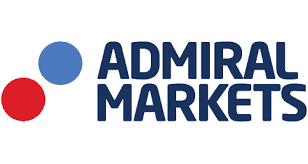Want to learn about DAO and how they operate in the crypto world? Well, today’s guide has everything you need to know and more. Let’s jump right in, shall we?
DAOs operate without central leadership. Instead, throughout the entire process, decisions are made by community members who adhere to detailed rules enforced by a blockchain.
DAOS are internet-based groups owned and controlled collectively by their members. These organizations have treasuries that only members can access. Group members vote on proposals during a set period to make decisions.
DAOs can serve a variety of purposes without requiring hierarchy management. These are possible with these organizations, such as freelancer networks where contracts pool funds and buy subscriptions to software.
As a first step, it is essential to distinguish a DAO from The DAO, the first internet-native organization. As a result of the DAO, the Ethereum network split in 2016.
How does a DAO work?
The DAOs, as mentioned above, are organizations in which decisions are made from the bottom up; the collective of members owns the DAOs. You can participate in a DAO in a few different ways, usually by holding a token.
Top Recommended Platforms
78% of retail investor accounts lose money trading CFDs with this provider. You should consider whether you understand how CFDs work and whether you can afford to take the high risk of losing your money.
Trading forex or CFDs on margin involves a high degree of risk and may not be suitable for all investors. There is a possibility that you may suffer a loss equal to or greater than your entire investment.
CFDs are complex instruments and involve a high risk of losing money quickly because of the leverage effect. 68% of retail investor accounts lose money trading CFDs with this provider. You should consider whether you understand how CFDs work and whether you can afford to take the high risk of losing your money.
A smart contract operates DAOs, which are segments of code that execute when certain conditions occur. Ethereum incorporated smart contracts into its blockchain, but many other blockchains use them today.
Smart contracts define the rules of the DAO. An investor in a DAO has voting rights, and they can decide or create new proposals for how the organization should operate.
A DAO can avoid being overwhelmed by proposals if it adopts this model: A proposal will only pass if the majority approves it of stakeholders. Smart contracts define how DAOs will select a majority. These decentralized autonomous organizations are transparent and independent.
Due to their open-source blockchain technology, anyone can view their code. In addition, all financial transactions are recorded in the blockchain so that users can audit their built-in treasuries.
Launching a DAO generally involves three main steps
Smart contract setup:
An initial step in creating a DAO is developing the smart contract. They can only modify the agreements following the launch through the governance system. Therefore, a thorough deal test is necessary to ensure no missing details.
Funding:
For DAOs to receive funds and establish governance, smart contracts need to develop a financing mechanism. Funds are raised most often by selling tokens, which have voting rights.
The deployment process:
Following the completion of the setup, there will be a deployment of the DAO on the blockchain. At this point, stakeholders will determine the DAO’s future. A project’s original creators – the smart contract developers – do not control the project.
DAOs: Why are they necessary?
The advantages of DAOs compared to traditional organizations are several.
A significant advantage of DAOs is that parties do not need to trust each other. Unlike traditional organizations that rely heavily on trust in their people – especially from investors – DAOs rely solely on the code.
Because of the public nature of the code and its extensive testing before launch, trusting it is easier. DAOs make all their actions transparent and verifiable after getting community approval following their launch.
An organization like this has no hierarchy. Yet its native token allows it to carry out tasks and grow even though stakeholders control it. The absence of an order means any stakeholder can develop an innovative idea, which everyone else will examine and improve. Moreover, internal disputes are often easily solved through the voting system, in line with the pre-written rules in the smart contract.
In addition to providing investors with a pool of funds, DAOs allow them to invest in startups at an early stage and in decentralized projects while sharing the risk or any profits they make.
The principal-agent dilemma
DAOs solve the principal-agent dilemma to the greatest extent possible. The dilemma means when the persons or groups responsible for making decisions on behalf of others (the principal) are at odds.
A typical instance of a problem is between stakeholders and a CEO. Unfortunately, the agents (CEOs) sometimes do not act in the best interests of the stakeholders (the principals) but rather in their self-interest.
Taking excessive risks on behalf of the principal is another example of the agent-principal dilemma. For example, a trader can utilize extreme leverage to pursue a performance bonus, knowing that the firm will cover any losses.
In DAOs, community governance solves the principal-agent dilemma. DAO stakeholders don’t have to join a DAO, but they need to know its rules first. Instead, they should work as part of an aligned group whose incentives align with theirs and not rely on any agent acting on their behalf.
A DAO’s nature incentivizes token holders not to act maliciously as their interests align. The network will be in their interests since they have a stake in it. Any opposition to it will be detrimental to their self-interest.
What exactly was The DAO?
Initially, the DAO was a precursor to the modern-day decentralized autonomous organization. The organization was founded in 2016 and served a similar function to a venture capital fund.
The holders of DAO tokens can benefit from dividends and price appreciation, or they can reap the rewards from the organization’s investments. The DAO was considered a revolutionary project in its early days, raising $150 million in Ether (ETH), one of the most extensive crowdfunding efforts.
Christoph Jentzsch, an Ethereum protocol engineer, released open-source code for the DAO on April 30, 2016. Transferring Ether into smart contracts allowed the purchase of DAO tokens.
Some developers worried that a severe flaw in The DAO’s smart contract would allow malicious actors to drain the funds in the days leading up to the token sale. Instead, an attacker exploited the bug and took over $60 million worth of ETH from DAO’s wallet while they considered using a governance proposal to fix it.
DAOs and the one-year-old Ethereum network were struck hard by the hack. To figure out what to do, everyone within the Ethereum community got into a heated discussion. Co-founder Vitalik Buterin initially proposed a soft fork that blocklisted the attacker’s address and prevented money from being moved.
The attacker claimed he obtained the money legally per the smart contract rules. However, they said a seizure of their funds would lead to legal action.
In an attempt to thwart a proposed soft fork, the hacker tried to bribe ETH miners with stolen funds. The decision to hard fork came after the stakeholder’s lengthy debate. By implementing the hard fork, Ethereum rolled back its history to before the DAO hack and reallocated stolen funds to a smart contract, which investors were able to withdraw. However, many users rejected the hard fork and supported older network versions, such as Ethereum Classic (ETC).
The drawbacks of DAOs
Despite their advantages, autonomous decentralized organizations have some shortcomings. First, such new technology has led to criticism due to legal and security concerns.
For instance, the MIT Technology Review does not believe trusting the masses with critical financial decisions is wise. MIT has not publicly changed its mind about DAOs despite sharing its thoughts in 2016. In addition to the DAO hack, smart contracts can also be prone to flaws, challenging to fix.
There is no legal framework for DAOs, which can occur in multiple jurisdictions. However, if legal issues arise, those concerned will likely be required to consider a wide range of regional laws.
US securities regulators determined that The DAO sold securities as tokens on the Ethereum blockchain without authorization, violating securities laws. In July 2017, US regulators concluded that The DAO violated securities laws by selling securities as tokens.
A few examples of DAOs
The concept of decentralized autonomous organizations has gained traction in recent years, and many blockchain projects use them to build infrastructure. For example, DAOs are used in decentralized finance (DeFi) to provide applications with complete decentralization.
Some view Bitcoin (BTC) as the earliest example of a DAO. Although most participants do not know each other, the network scales via community agreements. Additionally, it lacks an organized governance mechanism and instead relies on miners signaling their support to one another.
Bitcoin, by today’s standards, isn’t considered a DAO. Instead, derived from Dash’s governance mechanism, the DAO is the first actual decentralized autonomous organization (DAO), as stakeholders are allowed to vote on the usage of funds.
Some more advanced DAOs launch cryptocurrency-backed stablecoins based on the Ethereum blockchain, a decentralized network. Many times, the organizations that initially set up these DAOs gradually relinquish control of their projects until one day they are irrelevant. In addition to voting on governance proposals for hiring new contributors, adding new tokens as collateral for coins, and adjusting other parameters, token holders can also vote on governance proposals for hiring new contributors.
A DeFi lending protocol released a governance token in 2020 and distributed it through the process of liquidity mining. Any user who interacts with the protocol will receive tokens. Since then, other projects have taken the model and adapted it.
Currently, there is a long list of DAOs. It has become more evident over time and has gained traction. Some projects looking to establish complete decentralization still use the DAO model; however, it’s worth noting that they are still relatively new and haven’t achieved their final objectives.
The DAO has the potential to completely transform corporate governance because it is a 100% internet-based platform. As the legalization of the legal grey improves, and the concept matures, more organizations may adopt DAOs to guide some of their activities.









